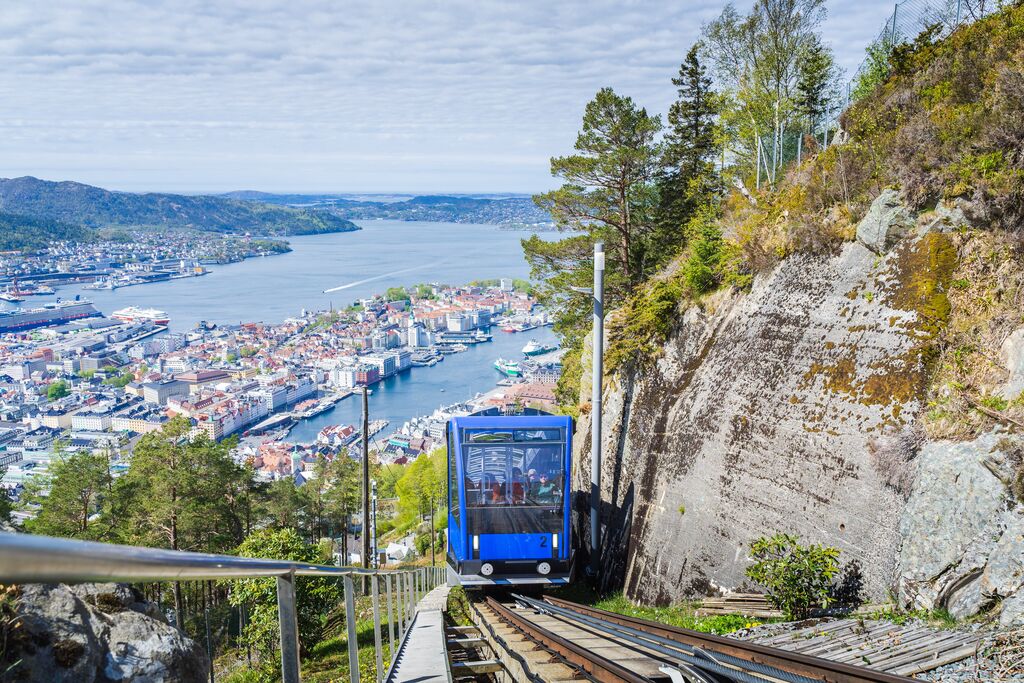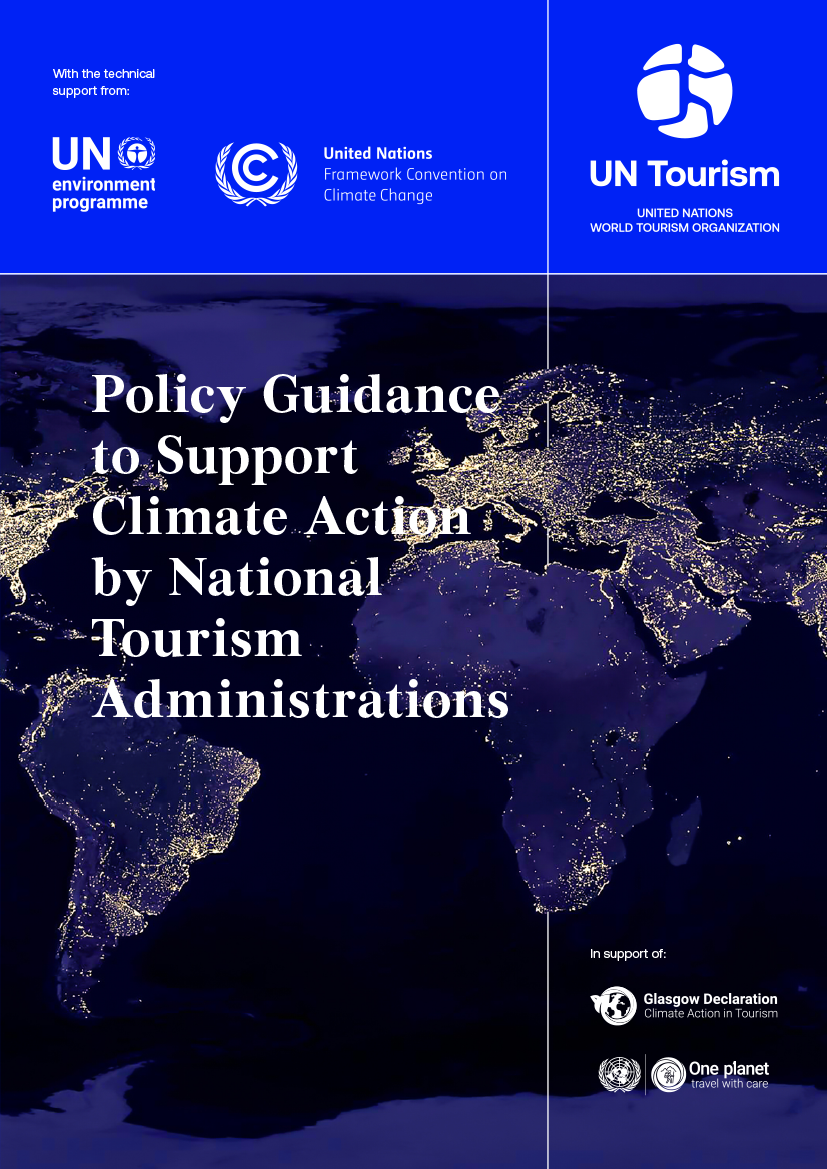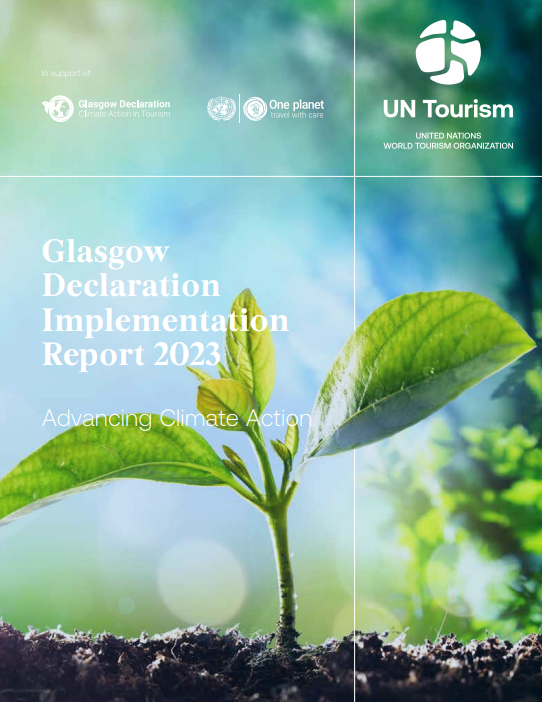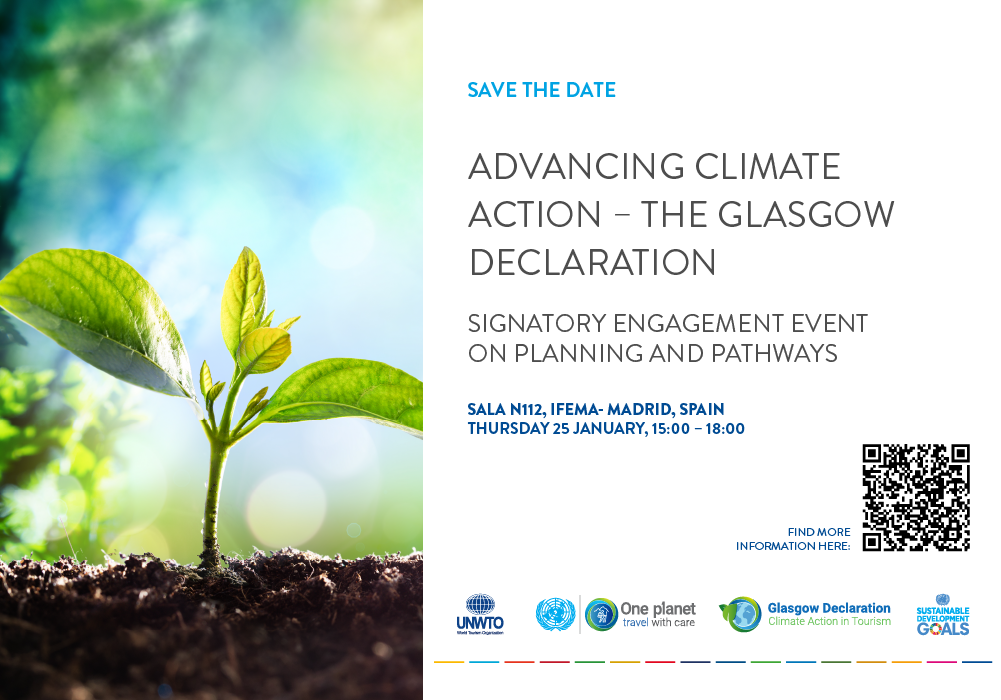CASE STUDY FROM INNOVATION NORWAY: USING EMISSIONS MEASUREMENT TO ENABLE BETTER MARKET PLANNING
Innovation Norway’s Special Advisor Ingunn Sørnes explains why the country developed its own emissions calculator, and how they get business to engage
The case study has been provided by Innovation Norway in support of Climate Action in the Tourism Sector – An overview of methodologies and tools to measure greenhouse gas emissions demonstrating the value of taking action to measure emissions and accelerate climate action.
For some years Norway has had a countrywide sustainable tourism scheme for its regional destinations. Destinations need to reach certain standards to take part and receive the benefits of membership, and are supported with tools, resources and guidance to achieve this. Destinations that enter the scheme are obliged to build a long term sustainable destination strategy and measure, initiate actions and report on a number of indicators to monitor progress. Embedded in the scheme are tools, qualified advisors and guidance. More recently, the country’s National Tourism Organisation Innovation Norway, which administers the Sustainable Destination scheme, has worked to increase the scheme’s focus on climate change, and to use this to reduce the sector’s emissions as a whole . As an increasing number of local and regional destinations (created through public/private cooperation) are entering the scheme, it is now covering close to 50% of the tourism destinations in the country.
Having estimated that tourism-related transport causes approximately 75% of the total emissions from the sector, they decided to focus their efforts here. They first secured the funds to develop measurement tools to support the country’s tourism sector in measuring its transport impact on climate change - something that at the time it was not possible to do. Previously any transport related data was being collected by various transport sectors, but without them then dividing out data related to tourists from other users of the transport network.
Innovation Norway therefore worked with The Climate and Environmental Research Institute NILU the national research institute to ensure that the programme was built on the best available climate data, combining national and international transport data across the key different modes of travel. This enabled the launch of a first edition of the calculator, known as Co2rism (methodology in English linked here), which enabled a process of gathering data on climate related transport emissions in tourism to begin. Currently the calculator has been designed for use by businesses in Norway, and all the data and calculations it contains are focussed on journeys to and within Norway. Although it is only available in Norwegian, the methodology is in English and Norwegian, as Innovation Norway is keen to explore international collaboration where possible.
Support and alignment
This calculator is now one of a suite of tools supporting the Sustainable Destinations programme and enabling stakeholders to build a holistic picture of their business’s impacts on the environment and society. Innovation Norway works directly with the DMOs/destination organizations representing a number of businesses, whilst their member businesses are encouraged to certify in a scheme that cover climate measurement and budgets. Anyone who wants to be part of the scheme, and who wants to benefit from sustainable certification and the promotional support Innovation Norway gives to those businesses, has to measure and report in the same way. This helps Innovation Norway provide guidance and support, but also helps it build a national picture and benchmark progress.
Alongside the measurement platform there are tools for tracking other work on sustainability, as well as inhabitant satisfaction surveys, consumption trackers and a seasonality calculator. As a member of the Sustainable Destination scheme, a destination is required to use these tools and report back its data as indicators of its progress.
“Anyone who wants to be part of the scheme has to measure and report emissions in the same way.”
Destinations are supported in this work with public funding in the initial years, while Innovation Norway continually refines the scheme. For example, they have reduced the number of indicators from 104 to 86, while aligning them more closely with external indicators such as the Sustainable Development Goals (SDGs).
From data to strategy
Now that it is beginning to build a picture of the country’s tourism climate impacts, the challenge is how to use this knowledge to develop the national tourism strategy around decarbonisation. Since the data has shown how extending the length of stay supports reducing the relative emissions from each visit, Sørnes hopes this will motivate destinations to develop itineraries that encourage longer visits. The one exception to this rule is for cruise, where the longer a cruise ship is in harbour, the greater the emissions it contributes to the national footprint. “We have a possibility to be more specific in our market and market planning, and how we address the different markets,” she explains. “There has been big discussions because people do want to continue to address the same markets as they have had, but at least we have a tool to show and bring emissions into the discussion”
In the end, she says, the challenge is to get people accustomed to working a certain way to shift their strategic focus so that a consideration of climate data is part of their routine. To this end, Innovation Norway is still exploring what the best ways are to use this new source of data. Should it be used every time someone wants to market an activity? Or every time they want to run a campaign? For now, this has been addressed at a destination level by making it a compulsory component of membership of its sustainable destinations scheme. However, for the fullest impact, this level of commitment needs to be not only at a regional level, but at a national level as well.
The next step, she explains, is to combine the travel data with consumption data. Innovation Norway is also keen to work with other destinations - or countries - to explore how a new edition of the tool can be improved, made easier to use and more targeted to different sectors and regions specific needs.
External source(s)



